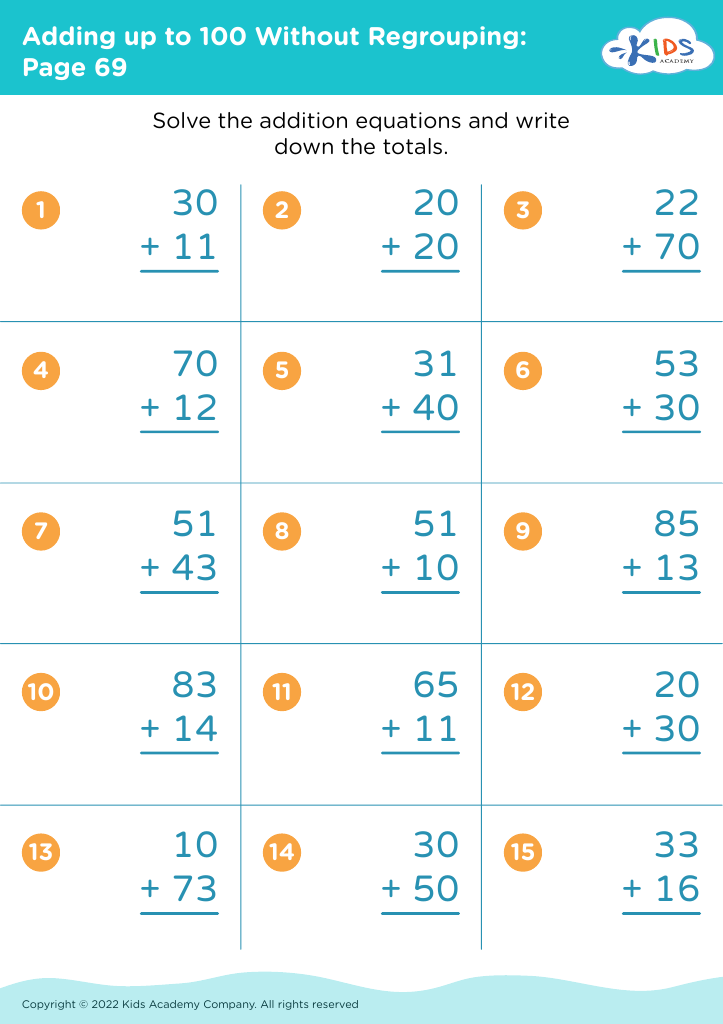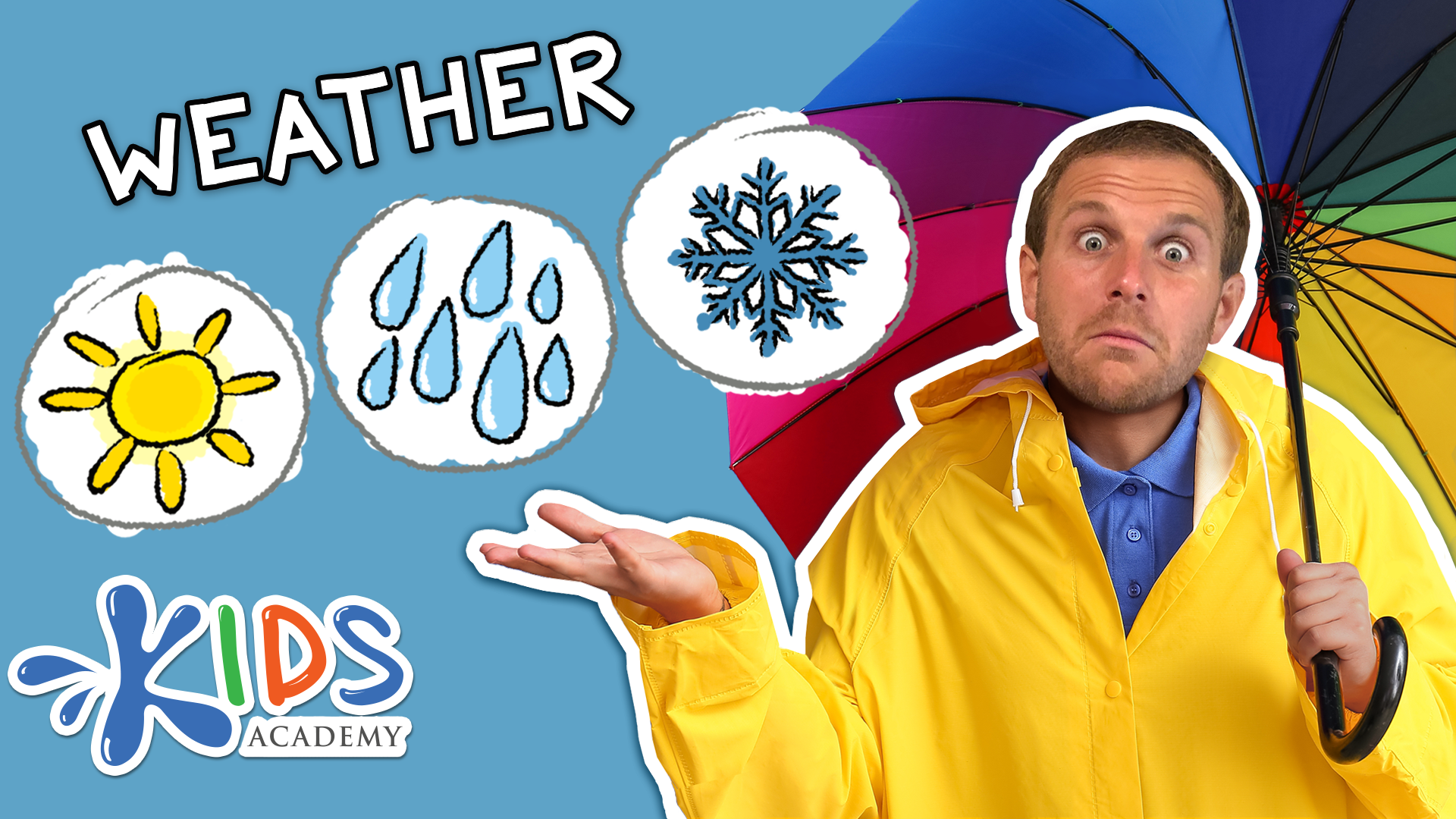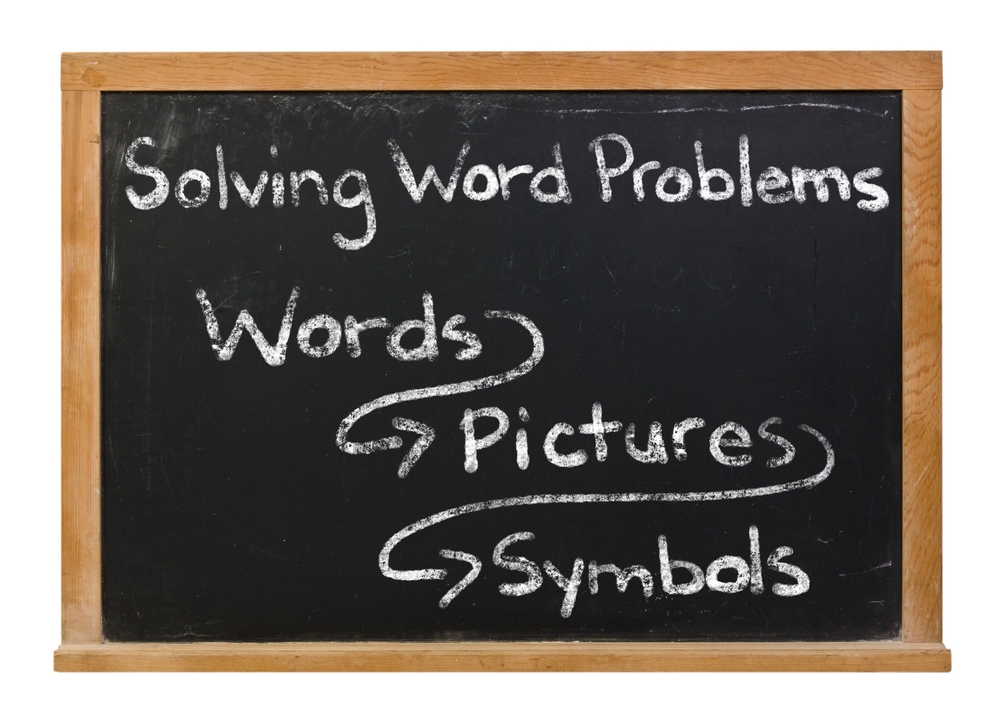Practice number sequencing Worksheets for Kids
2 filtered results
-
From - To
Question/Answer
What does the Practice number sequencing skill mean when it comes to Grade 2 Adding up to 100 Without Regrouping learning?
The "Practice number sequencing skill" when related to Grade 2 Adding up to 100 Without Regrouping learning involves helping students understand and apply the order of numbers. This skill aids in performing addition up to 100 by ensuring students can sequentially organize numbers, making it easier to add them without the need for regrouping or carrying over.
What are some effective activities to train students’ Practice number sequencing skill when teaching them about Adding up to 100 Without Regrouping?
Some effective activities include: 1. Number line jumps: Students can use a number line to visualize adding numbers incrementally. 2. Missing number puzzles: Provide sequences with missing numbers for students to fill in. 3. Interactive games: Use computer or board games that require adding to reach a total up to 100. 4.
How to test a Grade 2 student’s Practice number sequencing skills?
To test a Grade 2 student's number sequencing skills, provide a mix of exercises that involve completing a sequence, identifying patterns, and filling in missing numbers in a series. Use sequences that count by ones, twos, fives, and tens, both forward and backward, to assess their understanding of number order and relationships within a range suitable for their grade level.














